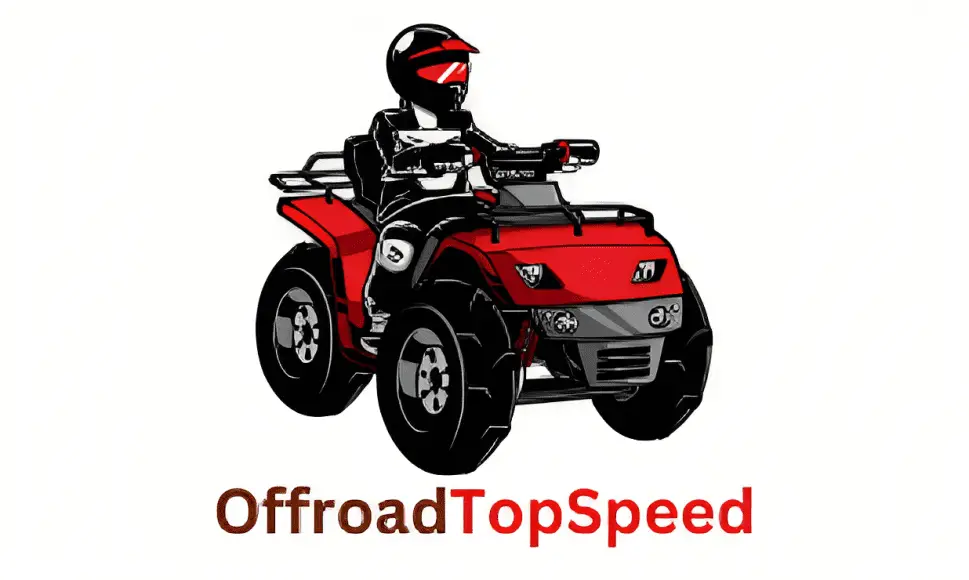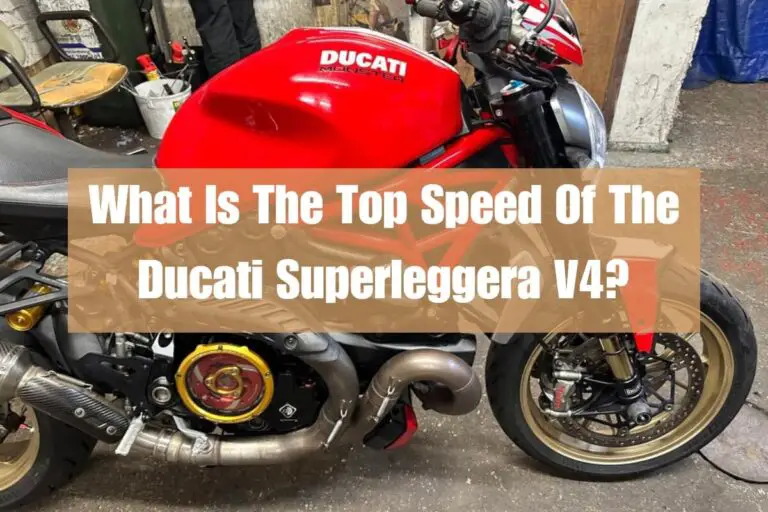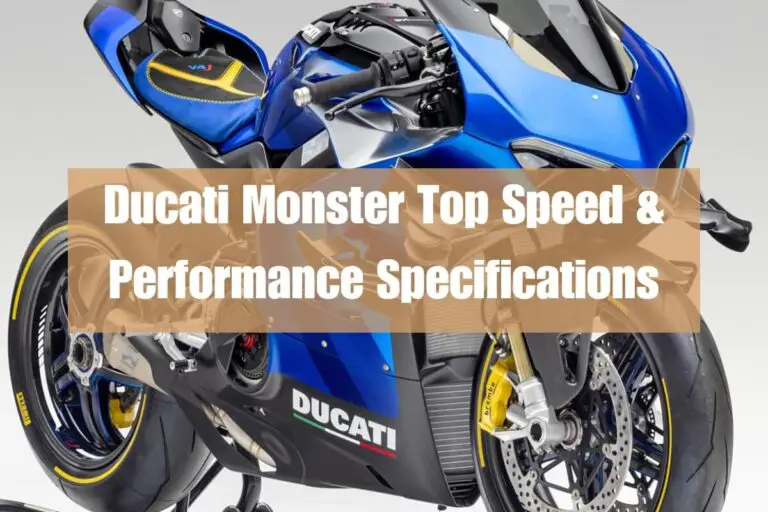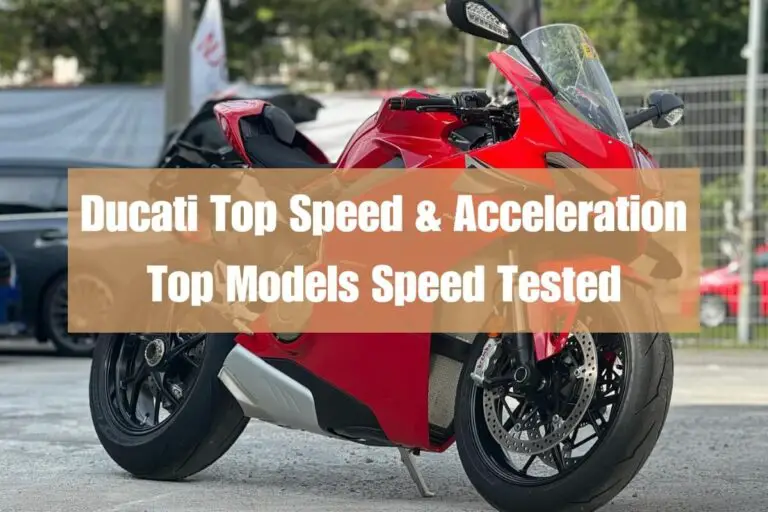Top Speed of the Ducati Panigale V4: Official vs Independent
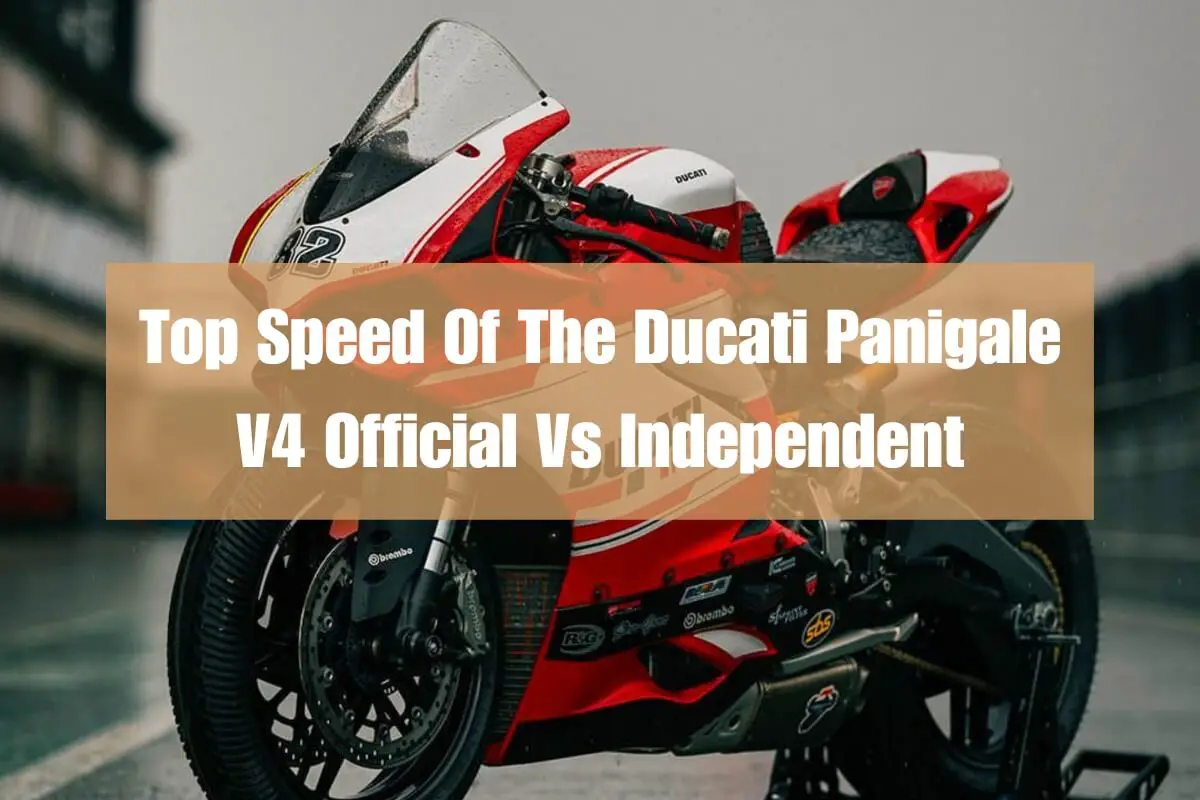
The Ducati Panigale V4 is one of the fastest production motorcycles ever created. With its 1103cc Desmosedici Stradale engine producing over 200 horsepower and advanced aerodynamics, the Panigale V4 can reach astounding top speeds exceeding 300 km/h (186 mph). This Italian superbike combines Ducati’s racing heritage with innovative technology to achieve unprecedented velocity on two wheels.
But how fast can the Panigale V4 really go? What is its absolute top speed and how does Ducati push the limits of speed so far? This article will explore the Panigale V4’s incredible performance capabilities, delving into its top speed, acceleration, design features, and what it’s like to ride one of these exotic rockets on the road or track.
An Overview of the Ducati Panigale V4 and Its High-Revving Engine
The Panigale V4 was first introduced by Ducati in 2018 as their new flagship superbike model. Replacing the previous Panigale 1299, the V4 took Ducati’s superbikes to the next level incorporating technology directly derived from MotoGP racing.
Powering the Panigale V4 is Ducati’s most advanced production engine – a 1103cc 90-degree V4 with a counter-rotating crankshaft. This unique engine architecture allows the V4 to rev higher and produce more power across the entire rev range.
Key specs of the Desmosedici Stradale 1103cc V4 engine:
- Displacement: 1103cc
- Max Power: 215.5 hp @ 13,000 rpm
- Max Torque: 91.5 lb-ft @ 9,500 rpm
- Redline: 14,000 rpm
- 4 Desmodromic valves per cylinder
- Counter-rotating crankshaft
This high-performance engine redlines at an astonishing 14,000 rpm – significantly higher than most superbikes. Combined with specially designed intake and exhaust systems, advanced fuel injection, and lightweight internals, it enables the Panigale V4 to reach mind-blowing top speeds.
Official Top Speed vs Independent Tests
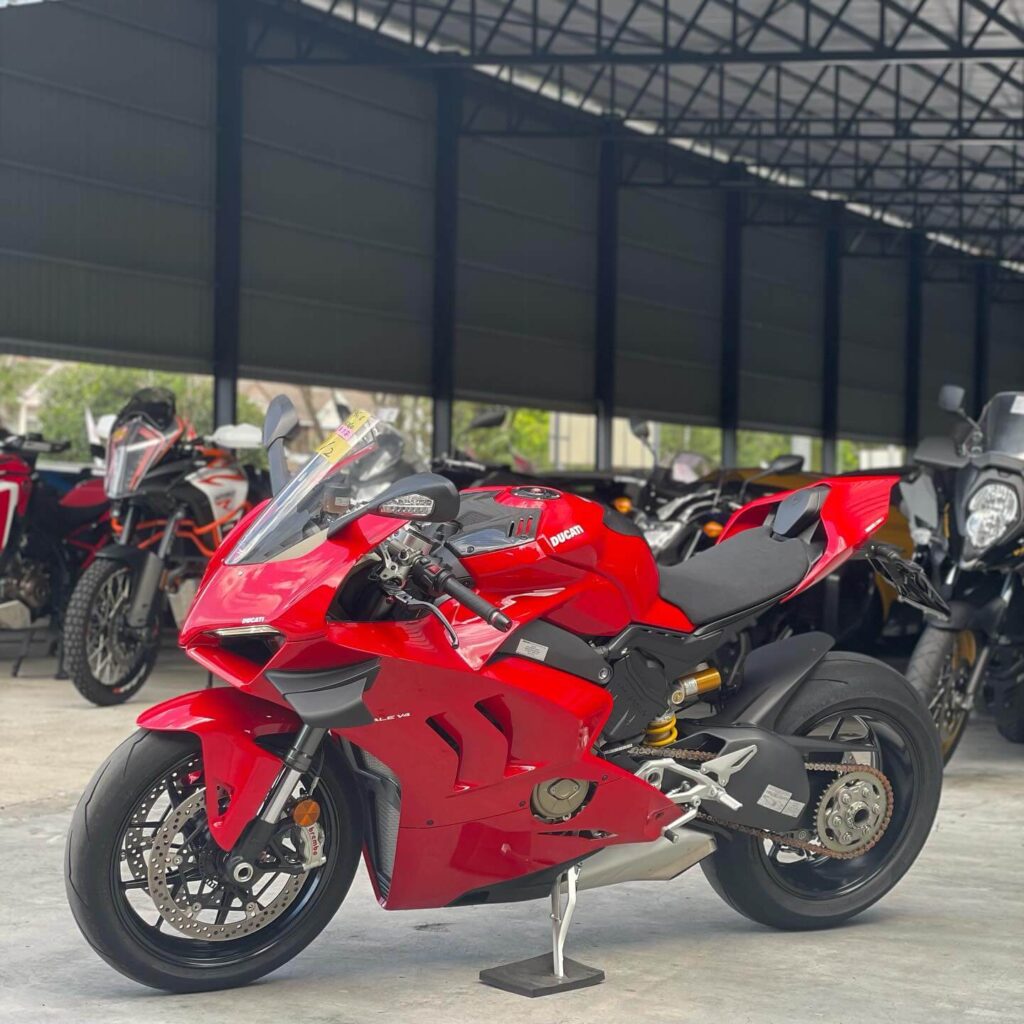
According to Ducati’s official specifications, the Panigale V4 has a maximum speed of 299 km/h (185 mph). This factory-rated top speed alone makes the Panigale V4 one of the fastest production motorcycles in the world.
But many independent tests have recorded even higher speeds from the Ducati superbike:
- 301 km/h (187 mph) – Recorded during road testing by Motociclismo magazine
- 305 km/h (190 mph) – Achieved on a closed track by Zigwheels
- 312 km/h (194 mph) – Reported top speed during testing by Motorcycle.com
This demonstrates the immense high-speed potential of the Panigale V4. In optimal conditions and without any electronic limiters, some have been able to extract over 310 km/h from this incredible machine.
Aerodynamics and Chassis Optimized for Stability at Speed
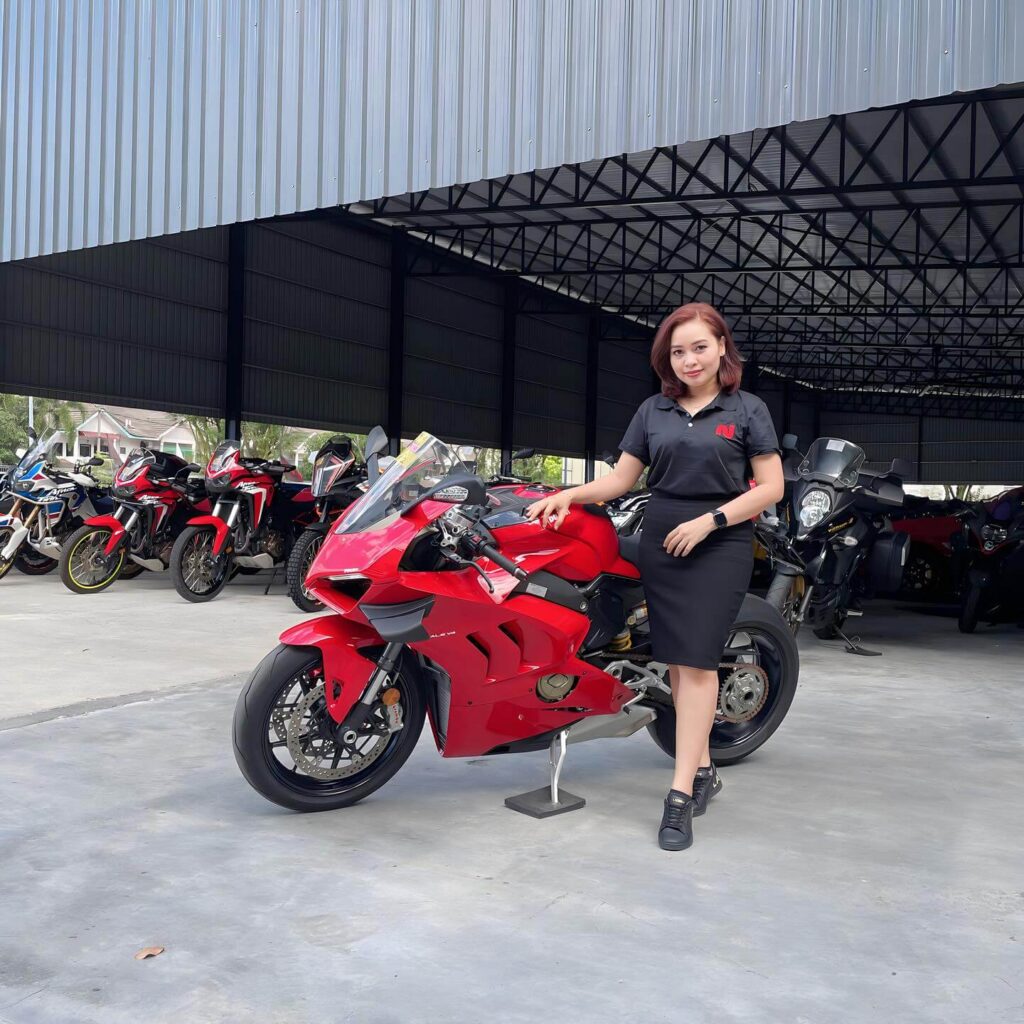
Several design elements allow the Panigale V4 to stay stable even at 300+ km/h speeds:
- Aerodynamic bodywork – The fairings and covers are shaped to reduce aerodynamic drag at high speeds. Air flows smoothly over and around the bike.
- Aluminum frame and swingarm – The lightweight chassis components are engineered for precision and stiffness to inspire confidence when accelerating hard.
- Fully adjustable suspension – The inverted Showa BPF fork and Sachs shock absorber can be tuned for optimal high-speed stability.
- Pirelli Diablo Supercorsa SP tires – Developed specifically for the Panigale V4, these tires provide immense grip even at extreme lean angles.
- Brembo brakes – Large 330mm discs with monobloc calipers give the braking power necessary to rapidly shed speed.
Combined with the balanced V4 engine, these features enable the Panigale V4 to rocket down straights and maintain poise at its insane top speed.
Electronic Aids for Controlling the Power

Exploiting the Panigale V4’s performance potential requires some serious electronic rider aids. Ducati equips the bike with various control systems to help manage the power:
- Ducati Traction Control (DTC) – Prevents rear wheel spins under hard acceleration
- Slide Control (DSC) – Allows some rear drifts while minimizing slides
- Wheelie Control (DWC) – Keeps front wheel on the ground under hard acceleration
- Engine Brake Control (EBC) – Adjusts engine braking strength
- Cornering ABS – Optimizes ABS braking while leaned over
- Ducati Quick Shift (DQS) – Enables clutchless up and downshifts
These advanced electronics give riders more confidence to push the Panigale V4 closer to its limits, while retaining control and safety. Multiple ride modes and settings allow customizing the bike’s power delivery and response.
The Experience of Riding at 300+ km/h
What’s it like to ride the Panigale V4 flat out at 300+ km/h? According to ride reports, it’s an incredible adrenaline rush mixed with intense concentration:
“It feels like being strapped to a missile taking off. The acceleration is relentless at high speeds. The wind blast pummels your body but the V4 feels planted and stable.” – Motorcyclist Magazine
“You have to stay completely focused, in a tucked position, aiming the bike like a bullet. The throttle response is instant. The speed is terrifying and exhilarating.” – CycleWorld
While most riders will never experience these speeds outside a racetrack, it demonstrates how capable the Panigale V4 is for high-velocity performance. Even at legal speeds, the bike provides abundant power for ultra-quick riding.
Ducati’s Racing DNA Unleashed in the Panigale V4

What truly enables the Panigale V4’s astronomical top speed is Ducati’s racing heritage. Technologies derived directly from MotoGP competition give it capabilities more akin to a race bike:
- The 1103cc V4 engine adopts the configuration used in Ducati’s MotoGP racers to produce more power across the entire rev range.
- Desmosedici GP concepts like the counter-rotating crankshaft and Twin Pulse firing order boost top speed potential.
- Aerodynamic winglets on the bodywork increase downforce and stability just as on the Ducati race bikes.
- USE and TERMS integration here
By incorporating so much race engineering into the Panigale V4, Ducati has created one of the fastest and most advanced production motorcycles ever.
Comparison to Other Superbikes
The Panigale V4 faces stiff competition in the superbike top speed department from bikes like:
- Kawasaki Ninja H2 – Supercharged 998cc engine makes ~200 hp, top speed of 320 km/h (limited)
- Suzuki Hayabusa – 1,340 cc (82 cu in) liquid-cooled inline-4 bike, top speed ~188-194 mph (303-312 km/h)
- MV Agusta F4 RR 312 – 1078cc engine with ~190 hp, top speed ~312 km/h
- BMW S1000RR – Advanced 999cc inline-4 BMW, ~205 hp and top speed of ~303 km/h
While the H2 and Hayabusa edge out the Panigale V4 in outright top speed, the V4 remains one of the fastest normally aspirated production bikes. And when it comes to fast lap times on real racetracks, the Panigale V4 outpaces them all.
Is the Panigale V4 the Fastest Production Bike?
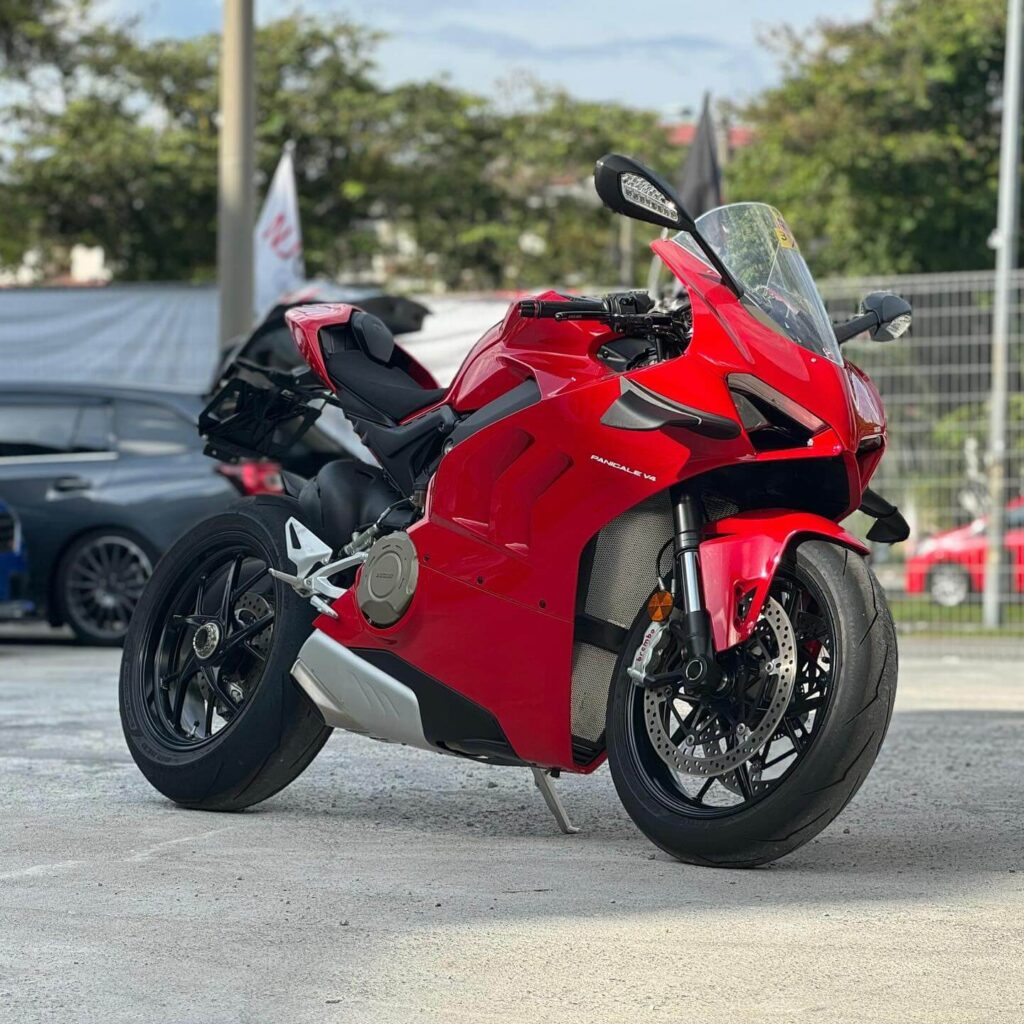
Based on the stats, the Kawasaki Ninja H2 narrowly beats the Panigale V4 as the world’s fastest stock production motorcycle. Kawasaki designed the H2 to achieve the highest top speeds by using a supercharger to boost power.
But for a normally aspirated superbike, the Panigale V4 is certainly among the fastest. It outperforms most other liter-class superbikes while providing incredible agile handling. The Ducati V4 may not hit 400 km/h, but its performance is astonishingly close to a MotoGP prototype race bike.
Riding the Panigale V4 Safely
While the Panigale V4 is an incredible machine, riders must exercise extreme caution when testing its top speed:
- Always inspect and warm up the bike properly before attempting high speeds. Make sure all fluids are topped off.
- Start with slower laps and progressively build up speed once you are comfortable. Don’t override your limit.
- Pay attention to track conditions. Avoid testing top speed in wet, cold, or imperfect conditions.
- Don’t neglect physical conditioning. Having muscle strength and endurance will help control the bike.
- Stay centered on the bike when accelerating hard. Sudden head movements can be disastrous.
How to Make the Panigale V4 Even Faster?
While the Panigale V4 is incredibly fast out of the box, there are some modifications that can eke out even higher top speed:
- Install a full-racing exhaust system like the Akrapovic or Arrow to reduce weight and increase power.
- Opt for slick race tires which provide more grip at ultra-high speeds.
- Adjust the ECU and fuel mapping to unleash maximum performance.
- Upgrade brake pads to compounds better suited to high speeds.
- Set the suspension sag and preload perfectly for your weight and riding style.
- Strip unnecessary street components and reduce rotating mass.
Of course, such modifications come at the expense of street-legal practicality. For those few who get to ride on closed-course runways, it’s the difference between 310 km/h and 330 km/h.
The Thrilling Yet Dangerous Allure of Speed
The thrill of acceleration and speed is undeniably one of the attractions of superbikes like the Panigale V4. It provides an adrenaline rush and satisfaction that’s hard to match. But physics remains uncompromising – the faster you ride, the deadlier the consequences of a crash.
Going over 300 km/h pushes performance limits to their extreme, reducing reaction times and room for error close to zero. Racing legends have lost their lives pursuing speed records. While ambition drives human achievement, wisdom lies in recognizing limits and risks.
Conclusion
The Ducati Panigale V4 represents the pinnacle of motorcycle engineering today. By infusing their MotoGP-bred Desmosedici engine into a cutting-edge superbike, Ducati created a machine with previously unthinkable top speed capabilities. With over 200 hp pushing advanced aerodynamics and lightweight components, the Panigale V4 can exceed 310 km/h in the right hands.
Yet its true strengths lie in being equally monstrous on the racetrack as on the street. With precise handling and electronics to harness its power, the Panigale V4 delivers an incredible riding experience. The quest for maximum velocity will forever captivate our imagination. But the Panigale fulfills an even greater purpose – translating Ducati’s passion into the most riveting production motorcycle money can buy.
